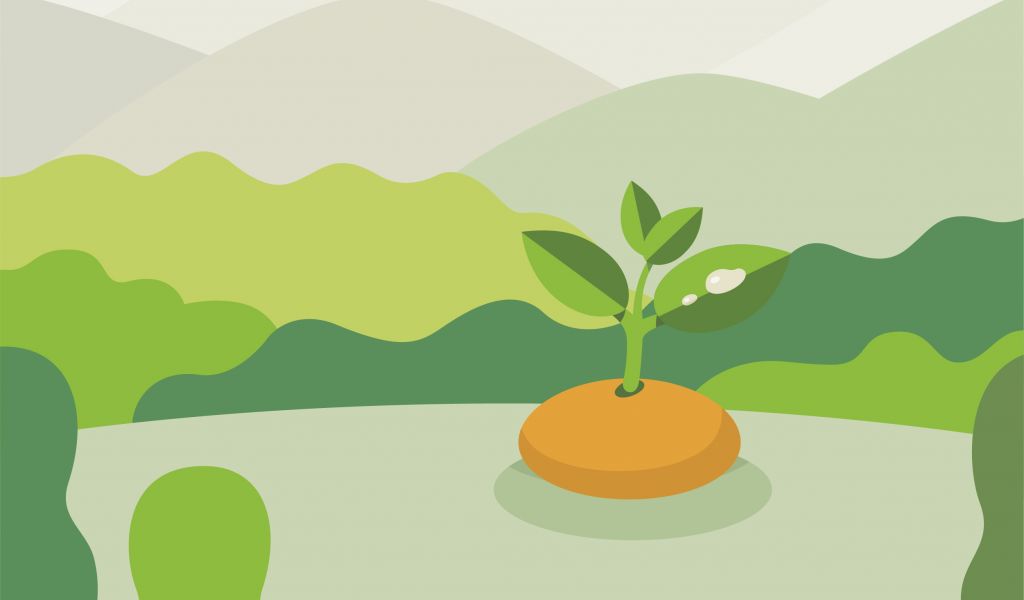Local Wisdom and Modern Science: Community-based Mangrove Restoration Research

RECOFTC supports Trat’s local knowledge center in combining the strengths of traditional and modern knowledge systems.
Pred Nai Village, Trat, Thailand: As many people look forward to the opening of Trat’s Community-based Learning Center (CbLC) on May 9th, 2012, a project funded by Norad and other donors through Mangroves for the Future (MFF), locals can say they’ve contributed to some of the center’s learning materials through their very own community-based mangrove restoration research project. The research, an activity under the CbLC, allows partners like RECOFTC – The Center for People and Forests and Thai Fund Foundation (TFF) to work closely with communities in Trat to restore its mangroves and develop local practices for sustainable natural resource management.
Community discussions about reforesting areas in and around Pred Nai began two years ago when Pred Nai’s Mangrove Conservation and Development Group (PMCG) used their Community Conservation Fund* to purchase barren land located between an existing shrimp farm and restored mangrove area. Members were looking forward to preventing further commercial aquaculture and tourism development, and increasing forest area. After the community held several meetings with supporters like RECOFTC and TFF’s coastal management research, Rattika Pettongma, villagers worked together to develop the site to incorporate local knowledge and capacity building among villagers.
Understanding the hydrology of the area, community ecology and individual mangrove species, locals have proposed relying on a restoration method they have used in the past, but never formally assessed: planting seeds by hand to mimic how mangroves naturally propagate. Youth volunteers collected and planted 6,000 propagules of three mangrove varieties (Rhizophora mucronata, Rhizophora apiculata, and Ceriops tagal) on 45 rai of community-managed land. Now, nine months later, approximately 90% of the seeds have successfully rooted and continue to grow.
Every three months since last August, RECOFTC and locals have collected research data together through a combination of knowledge systems. These trainings help villagers learn the modern framework for measuring impacts of reforestation as they exercise and impart local wisdom with participants. After witnessing parts of this process – collecting water, soil, and marine specimens – it became clear how villagers genuinely enriched the project, especially given Pred Nai’s dependence on marine resources for income.
During our specimen survey, an assortment of fish, crab, shrimp, and shellfish collected by villagers, I sat next to Sern Siengkoh, a member of PMCG and a well-known traditional medicine man in the village, as he helped Pettongma, prepare the crabs to be weighed. He tied the crabs with the finesse that comes with more than 60 years of owning and operating marine farms. He can determine species, sex, and age for a majority of the marine creatures and describe their reproductive seasons, mating rituals, market value, and gastronomic potential.
Locals with this kind of in-depth knowledge represent an invaluable asset for the Trat community. Sern and others play a critical role in effectively monitoring environmental ecosystems. They are able to quickly recognize the significance of new information when they encounter it – such as hydrological restoration and increasing biodiversity in the study area, indicators villagers have observed, but have not yet tested for statistical significance due to the early stages of the research.
Such livelihood skill and understanding of the ecosystem is not limited to older generations. Wasan Faotanom is 22 years old and has spent more than half his life helping his family catch crabs. He laid out nets and crates for specimen collection with practiced ease and could offer identification with a rewarding confidence when seasoned PMCG members were uncertain about local names.
Youth are seen as invaluable assets to both the reforestation project and the community at large, especially as concerns about youth involvement and out-migration to urban areas grow. One PMCG member underlined the shared distress, “The future of these forests depends on our children.” For that reason, the project emphasizes youth support within local involvement.
Commenting on the community’s progress, Korakot Loisament, a Trat local and RECOFTC-MFF Project Officer, said, “We’ve put the community at the center of the restoration process and already we can see how much they’re learning. They’re sharing how and what they’re doing with other community members, friends in other villages, and even at national and regional meetings.”
With villagers playing a key role in evaluating and analyzing the progress of their project, the field of young mangroves provides both a laboratory for experiential learning and encouragement for stewardship in the community. The mangrove project will also contribute to the long-awaited CbLC through the display of specimens collected in the forest and the shared experiences of the community.
*Through the support of RECOFTC and Danida, Pred Nai was given 70,000 Baht/$2,275 to launch their 'Seed Fund' (which would later grow to be their Community Conservation Fund) at RECOFTC’s National Seminar in 2007.

